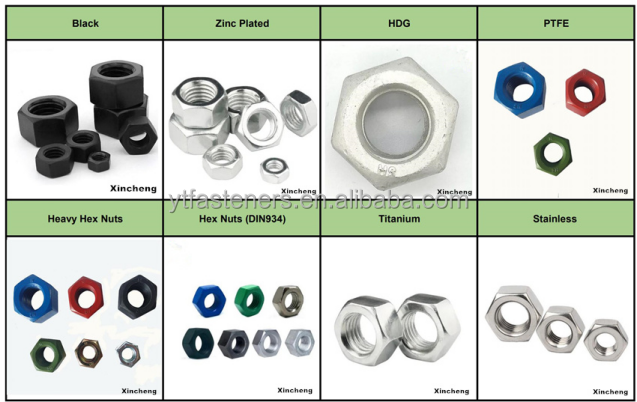আগস্ট . 15, 2024 03:57 Back to list
High-Quality 5mm Hex Nut for Reliable Fastening Solutions in Various Applications
Understanding the 5mm Hex Nut A Small Yet Mighty Fastener
In the realm of mechanical engineering and manufacturing, fasteners play an essential role in ensuring that components stay securely attached and function as intended. Among the variety of fasteners available, the 5mm hex nut is one of the most widely used due to its versatility and effectiveness. While it may seem like a small component, the hex nut is a critical part of countless applications, ranging from household items to advanced machinery.
What is a Hex Nut?
A hex nut is a type of fastener that has a hexagonal shape, which allows it to be easily tightened or loosened using a wrench. The standard 5mm hex nut is specifically designed to fit a 5mm bolt or screw, making it a common choice for many assembly applications. The hexagonal design is not merely aesthetic; it provides multiple points of contact for a wrench, enabling the user to apply a significant amount of torque without stripping the nut.
Material and Durability
5mm hex nuts are typically made from various materials, including steel, stainless steel, brass, and plastic
. Steel nuts are often plated or coated to resist rust and corrosion, making them suitable for outdoor or industrial applications. Stainless steel hex nuts, while generally more expensive, offer superior corrosion resistance and are ideal for environments where moisture is a concern.The choice of material can influence the nut's strength, weight, and resistance to elements. For example, while plastic hex nuts are lightweight and resistant to corrosion, they may not be suitable for high-stress applications due to their lower tensile strength compared to metallic options.
Applications of 5mm Hex Nuts
5mm hex nut

5mm hex nuts are ubiquitous in various industries and applications. They are often used in
1. Automotive Fastening components in vehicles, from engine parts to bodywork. 2. Electronics Securing parts in devices, including circuit boards and housings. 3. Construction Used in assemblies like scaffolding and building frameworks. 4. Furniture Assembly Many flat-pack furniture designs utilize hex nuts for easy assembly and disassembly. 5. DIY Projects Popular among hobbyists and DIY enthusiasts for building anything from model kits to custom furniture.
The adaptability of the 5mm hex nut allows it to be utilized in both high-load applications and light-duty items, making it a staple in any toolbox.
Installation and Tools
Installing a 5mm hex nut is a straightforward process. Users typically insert the nut onto a corresponding 5mm bolt or screw and secure it with a wrench or a ratchet. It’s important to ensure that the nut is properly aligned and tightened to avoid issues such as stripping or cross-threading.
In terms of tools, a simple combination wrench, socket wrench, or even a hex key (for nuts with a recessed design) can be utilized. For industrial or high-torque applications, a torque wrench is recommended to ensure that the nut is tightened to the manufacturer's specifications and to prevent damage to the components being fastened.
Conclusion
Though small, the 5mm hex nut epitomizes the importance of fasteners in engineering and manufacturing. Its robust design, ease of use, and material versatility make it an indispensable choice in a plethora of applications. Understanding the fundamental characteristics and proper usage of the 5mm hex nut not only enhances its functionality but also ensures the longevity and reliability of the assemblies it secures. As technology and engineering continue to evolve, the humble hex nut will remain a crucial component in the world of fasteners.
-
The Ubiquitous Reach of DIN934 in Application Realms
NewsMay.16,2025
-
Exploring Different Bolt Types
NewsMay.16,2025
-
Cracking the Code of Sleeve Anchor Mastery
NewsMay.16,2025
-
Clamp Design Principles,Types and Innovations
NewsMay.16,2025
-
Artistry Inspired by the Humble Anchor Bolt
NewsMay.16,2025
-
A Deep Dive into Screw Types
NewsMay.16,2025


